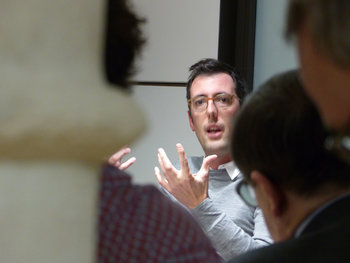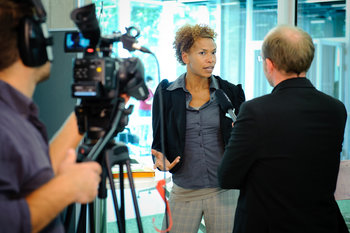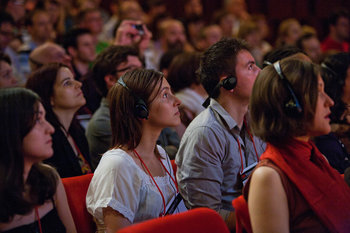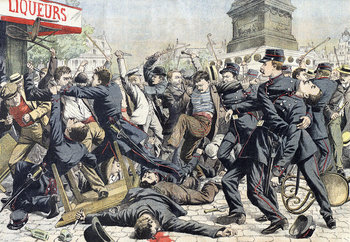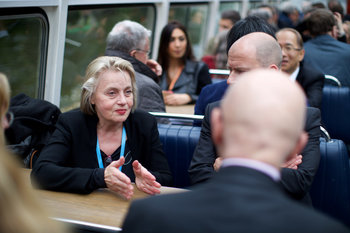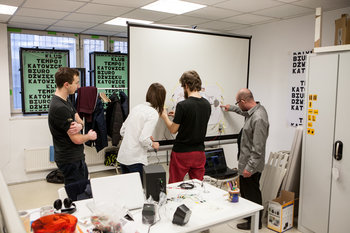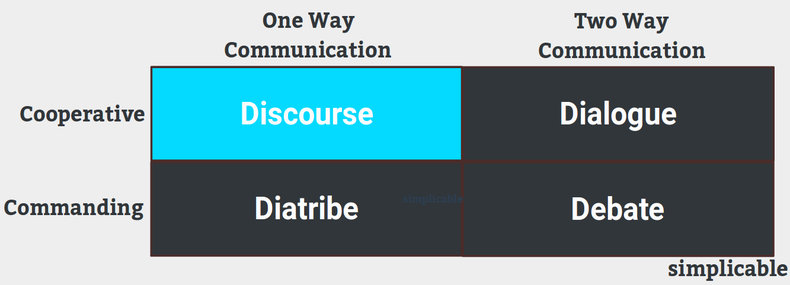
Descriptive Discourse
Describing things in a matter of fact way. For example, stating estimates for healthcare spend per person for different countries.Narrative
The use of storytelling to make information more engaging, visceral or personal. For example, recounting an experience that illustrates a point or problem. In some cases, narrative is only loosely tied to your discourse but is used to build rapport with an audience.Rhetoric
Rhetoric is the art of influencing. For example, using an analogy to make a complex topic more clear and relatable.Messaging Framing
Message framing is the process of carefully crafting your words to create an effect in your audience.What difference does it make to the dead, the orphans and the homeless, whether the mad destruction is wrought under the name of totalitarianism or in the holy name of liberty or democracy?
― Mahatma Gandhi
Nudge
A nudge is a gentle suggestion or a presentation of evidence whereby you allow your audience to draw their own conclusions. This is based on the theory that people tend to react against commanding language that tells them what to think or do such that gentle suggestions are often more effective.Call to Action
A call to action is the opposite of a nudge -- it is a short command to do something. For example, "vote for me."Argumentative Discourse
A discourse is one-way communication that is by definition, not a two-way argument. However, you can point out common or anticipated arguments and offer a counterargument as a form of discourse.Telling us to obey instinct is like telling us to obey people. People say different things: so do instincts. Our instincts are at war... Each instinct, if you listen to it, will claim to be gratified at the expense of the rest.
— C. S. Lewis
Signaling
Signaling is the practice of communicating your social status. For example, name dropping whereby an individual mentions the name of high status people they know or have met.Countersignaling
Countersignaling is the practice of downplaying obvious social status. For example, a CEO who introduces themselves as working at a firm without mentioning their job title. Countersignaling shouldn't be confused with humility as it is actually a tricky way to influence as people may find social status more impressive when they find out on their own without you saying it.Exploratory Discourse
Taking your audience on an exploratory journey as opposed to offering the end-solution. For example, communicating a mystery surrounding an environmental problem without pushing any solution. This tends to cause the audience to try to solve the problem and may increase their engagement.Candor
Candor is the process of communicating openly and honestly without any motive other than to give people the information they appear to need or want. This tends to make you likeable and useful. People are also more willing to forgive your faults when you are candid about them. In fact, recognizing faults can paradoxically cause people to respect you more as this is a rare form of social bravery.Slapstick may be a very bad book. I am perfectly willing to believe that. Everybody else writes lousy books, so why shouldn’t I?
— Kurt Vonnegut, The Paris Review , 1977
Affective Discourse
Affective communication is the process of communicating emotion as opposed to information. Emotions are emotional states that color all thoughts. These can be transferred person to person with communication due a social process known as empathy. If you are able to create emotions in your audience, this almost always has more impact that cold information.Adults keep saying: “We owe it to the young people to give them hope.” But I don’t want your hope. I don’t want you to be hopeful. I want you to panic. I want you to feel the fear I feel every day. And then I want you to act. I want you to act as you would in a crisis. I want you to act as if our house is on fire. Because it is.
— Greta Thunberg, World Economic Forum, January 2019
Kairos
Kairos is a classical rhetorical device that can be described as an appeal to urgency.This is no time to engage in the luxury of cooling off or to take the tranquilizing drug of gradualism.
~ Martin Luther King Jr
Logical Discourse
An appeal to logic.All that exists is the seed of what will emerge from it.
― Marcus Aurelius, Meditations by Marcus Aurelius
Ideological Discourse
Communication that is carefully aligned with an ideology. This often involves carefully selecting words that identify you as in compliance with groupthink.Notes
Some of the quotes or techniques above could be considered diatribe. However, there is a large grey area between the cooperative tone of discourse and the ranting tone of a diatribe.| Overview: Discourse | ||
Type | ||
Definition | Communication that is one-way and cooperative such that the intent is to inform, entertain or gently influence. | |
Related Concepts | ||









